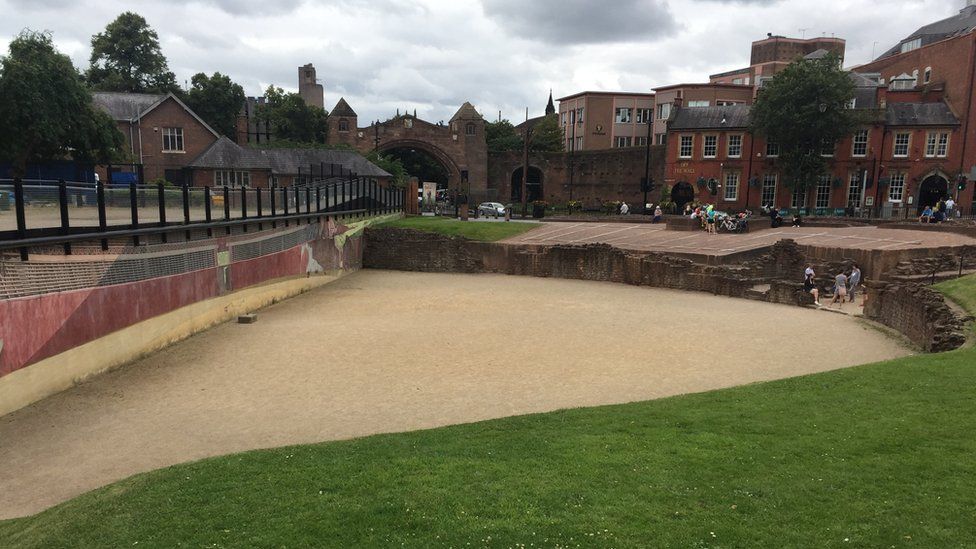Hidden beneath the streets for centuries, the Roman Amphitheatre is a must-see for history buffs and curious visitors.
This post looks into the history, significance, and current state of this ancient treasure and what lies beneath the surface.
The Roman Amphitheatre

In 1929 workmen dug up the Roman Amphitheatre while excavating in Chester.
Initially thought to be just a hole in the ground, further excavations revealed the full extent of the amphitheatre and caused a sensation among archaeologists and historians.
This has since become one of the biggest archaeological finds in British history and attracts researchers and tourists from all over the world.
Historical Significance of the Roman Amphitheatre
Built in the late 1st century AD during the reign of Emperor Domitian the Roman Amphitheatre was a symbol of Chester’s growing importance in Roman Britain.
It hosted gladiatorial contests, animal hunts and theatrical performances and was the central entertainment and social hub of the city.
Its location in the heart of the city meant it was a status symbol for the Roman elite and the wider community.
Architectural Wonder

The Chester Roman Amphitheatre is 70m long and 40m wide and is a testament to Roman engineering.
Its elliptical shape meant the audience had great views and tiered seating for thousands.
The design shows the advanced architectural and construction skills of the Romans and their ability to build large public buildings that would last.
Cultural and Historical Interest
Beyond its architecture, the Roman Amphitheatre gives us insight into Roman life in Britain.
It shows us Roman entertainment, social hierarchy and urban planning.
The discovery of the amphitheatre has added to our understanding of Roman Chester and the surrounding area and how much Roman culture was integrated into local society.
Visiting the Roman Amphitheatre Today

Today the Roman Amphitheatre is a well-preserved and popular tourist attraction in Chester.
Ongoing excavations and conservation work will ensure it is preserved for future generations.
You can walk around the site and get a feel for the history of the place.
Guided tours will give you a more in-depth understanding of the amphitheatre’s history and significance.
Other Information
- Getting Here: The Roman Amphitheatre is in the heart of Chester, a short walk from the city centre and Chester Cathedral.
- Opening Hours: 9:00 am to 5:00 pm Monday to Sunday. The site may close in extreme weather or special events.
- Admission: Free, guided tours may incur a small charge.
- Accessibility: Partly wheelchair accessible, ramps and pathways to main areas, some areas restricted due to the site’s historic nature.
Summary
The Roman Amphitheatre in Chester is a reminder of the city’s Roman heritage.
The discovery has given us a deeper understanding of Roman Britain and the preservation allows us to touch the past.
Whether you’re a history buff, an archaeology enthusiast or just visiting Chester’s attractions the Roman Amphitheatre is a must-see.
Chester Amphitheatre FAQs
What happened in the Chester Amphitheatre?
Gladiatorial contests, animal hunts and public executions during the Roman era. It was the main venue for entertainment and public events in the Roman city of Deva Victrix (modern-day Chester).
Is it free to enter the Chester Amphitheatre?
You can walk around the amphitheatre as part of the Dewa Roman Experience which includes interactive exhibits and a reconstructed Roman street, admission varies. Guided tours with costumed legionaries will give you a unique experience and may incur a charge.
How old is the Chester Roman Amphitheatre?
The amphitheatre dates back to the 1st century AD making it one of the oldest and largest Roman amphitheatres in Britain.

